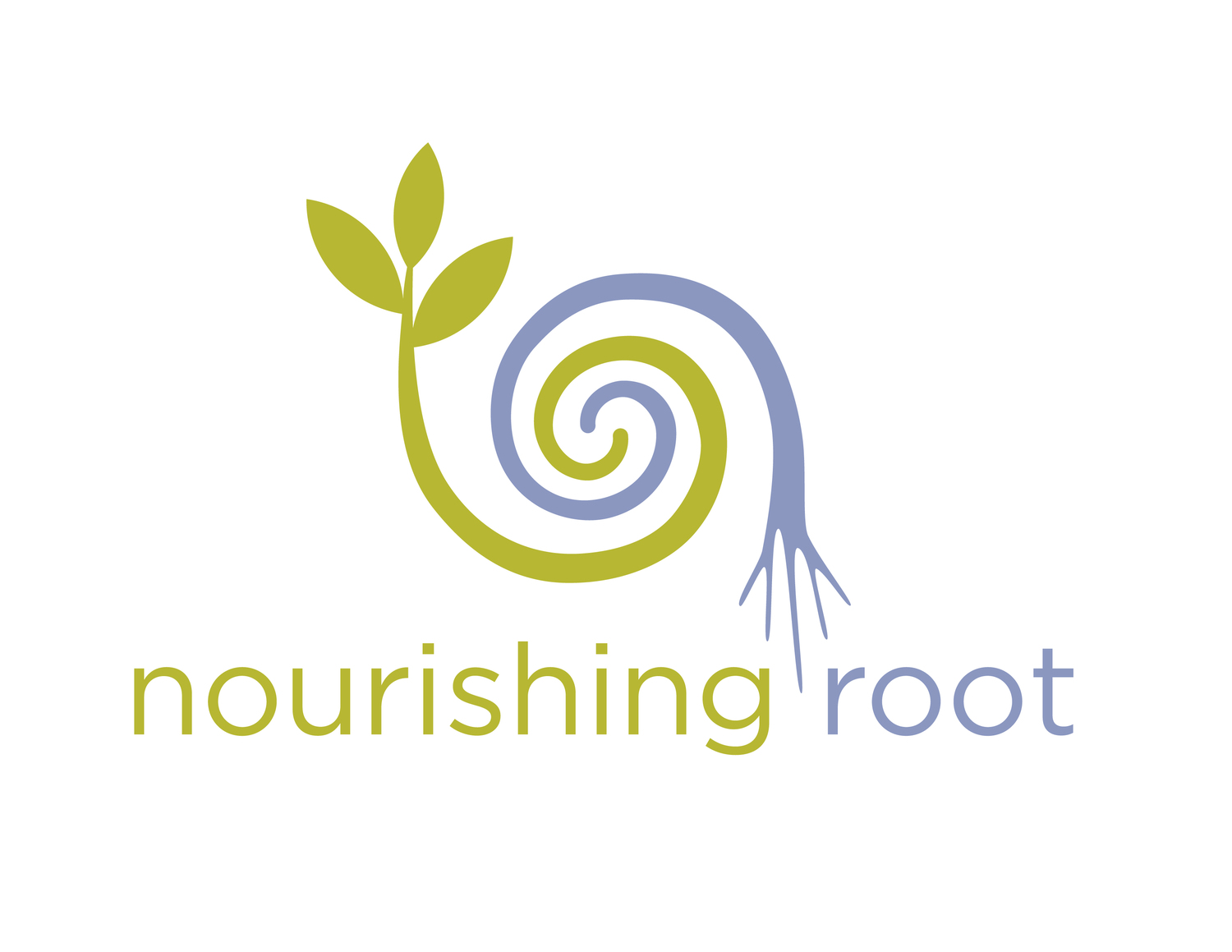Originally posted 11/1/14
Happy All Souls Day and All Saints Day. As we pass through the veil of Samhain, we enter the Celtic new year, the beginning of winter, to the flowing waters of dreamtime. On a personal note, I can't believe how fast this year as moved, how long it's been since I've written a blog post. Some of you have asked me what is going on, why am I not writing? Isn't that always the question? Why are we not sitting down to write or sitting down to do the things we WANT to do? It is so much easier much of the time to do the things we feel we should do. That is why I feel especially fortunate to have followed my passion to travel to Brazil and to Greece with friends and family. These journeys have been fun and formative and now that I've had time to integrate and have found more consistency in my daily work schedule, I look forward to writing more, so please stay tuned.
Today I am remembering a dear friend who made her passage this morning, and another dear friend who made his passage two years ago at this time. Both friends showed so much grace and bravery as they passed. As we move through this powerful shifting of the year, I am inspired by the Celtic tree calendar. November 1st begins the month of the yew tree, Taxus baccata, with the Irish yew, Taxus baccata 'fastigiata'. The yew is an evergreen tree that lives for a long time, has strong wood, and is often found in graveyards and marking the boundaries of churches. Many of Ireland's monastic sites have legends of yew trees having been important for choosing the sacred site or of the yew as a presence in the community on the grounds or graveyard. "At St. Columcille's monastic site in Derry, was a 'Yew of the Saints' especially beloved by him where he used to chant the hours with his other saints and 'ten hundred angels ... , above our heads, side close to side.'"* Yet in the ancient Celtic lore, the yew was also associated with warriors, particularly female warriors. Yew wood makes excellent bows and spears. "The association of yew with the themes of churchyards, sanctuary and war links it with the goddess of the land who both protected her own, living and dead, and waged war on their enemies."** Over time the yew also became associated with the land of Ireland, and personified as the Irish goddess warrior queen who protects all her citizens, living and dead. The war imagery here resonates not with violence for me but as a call to get clear about what I am willing to fight for with my heart. What is so important to your heart that it would send you into battle? What will you fight to protect? As we enter this turning of the year with Saints above our heads, lets hold the evergreen fire of the yew burning bright arrows of everlasting life, sending our thoughts to what we wish to grow with love, sending arrows of clarity of new beginnings, feeling winter waves wash over us, sending us deep into our dreams and clearing what is ready to be released. With the yew goddess I honor the heart courage of my friends' passages and I honor the passages all of us continue to make as we learn and live. I offer the image below of an ancient Greek snake goddess (now located in the Museum at the Ancient Agora, Athens, Greece). These warrior snake goddesses are believed to have been worshipped for their connection with the earth and all her rhythms, and for renewal and healing. May her medicine accompany you on this All Souls Day and winter season. Blessed be. Amen. Aho.
*p. 138-9. Mac Coitir, Niall. Irish Trees: Myths, Legends, and Folklore. Cork: The Collins Press, 2003.
**p. 143. Mac Coitir, Niall. Irish Trees: Myths, Legends, and Folklore. Cork: The Collins Press, 2003.

